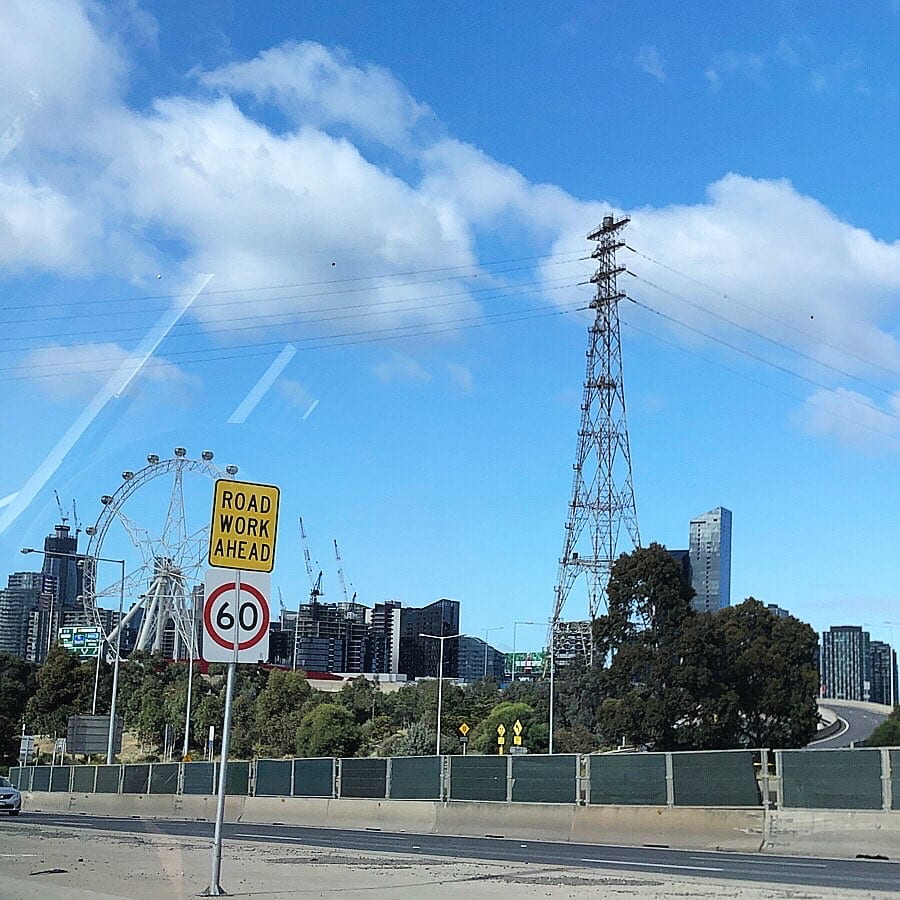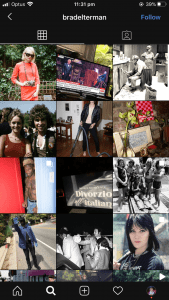@NETWORKEDJESSIE

Sometimes things can be designed good, or well. Sometimes things become obsolete. Sometimes things are still useful but need redesigning.
.
.
.
“Good design is actually a lot harder to notice than poor design, in part because good design fits our needs so well that the design is invisible, serving us without drawing attention to itself. Bad design, on the other hand, screams out it’s inadequacies, making itself very noticeable.”
#DonaldNorman #thedesignofeverydaythings #1988
Camera phones capture the everyday – they are highly portable, accessible and immediate and this is reflected in the approach toward authoring content and how these affordances affect the way they are used to record photos (32) e.g. “Snapshot aesthetics” (39) – Manovich, L. 2016, Instagram and the Contemporary Image. University of San Diego, USA. (pp. 24-113, Parts 1-3, pages. Chose a part that interests you. ‘Part 1: Casual Photos’,‘Part Professional and Designed Photos’ and ‘Part 3: Instagramism.’)
For this weeks photo, I decided to post a set of three images, as one whole post. I wasn’t originally going to do this, but after taking these images, I felt they told a story put together. The story being that things can be a good design, before they become obsolete or need re-designing, connecting to our quote in focus from Donald Norman; “Good design is actually a lot harder to notice than poor design, in part because good design fits our needs so well that the design is invisible, serving us without drawing attention to itself. Bad design, on the other hand, screams out it’s inadequacies, making itself very noticeable.” Camera phones do capture the everyday, without their portability and accessibility I wouldn’t have been able to author these photos, that capture the heart of the city (something we all see) – under construction.

Sometimes things can be designed good, or well. Sometimes things become obsolete. Sometimes things are still useful but need redesigning.
.
.
.
“Good design is actually a lot harder to notice than poor design, in part because good design fits our needs so well that the design is invisible, serving us without drawing attention to itself. Bad design, on the other hand, screams out it’s inadequacies, making itself very noticeable.”
#DonaldNorman #thedesignofeverydaythings #1988

Sometimes things can be designed good, or well. Sometimes things become obsolete. Sometimes things are still useful but need redesigning.
.
.
.
“Good design is actually a lot harder to notice than poor design, in part because good design fits our needs so well that the design is invisible, serving us without drawing attention to itself. Bad design, on the other hand, screams out it’s inadequacies, making itself very noticeable.”
#DonaldNorman #thedesignofeverydaythings #1988

Sometimes things can be designed good, or well. Sometimes things become obsolete. Sometimes things are still useful but need redesigning.
.
.
.
“Good design is actually a lot harder to notice than poor design, in part because good design fits our needs so well that the design is invisible, serving us without drawing attention to itself. Bad design, on the other hand, screams out it’s inadequacies, making itself very noticeable.”
#DonaldNorman #thedesignofeverydaythings #1988
HOW DID YOU AUTHOR THE PHOTO YOU RECORDED FOR INSTAGRAM?
Because of the constraints I had, being that I was in a moving car, I chose to use the camera app, on my iPhone 8Plus, before posting the set to Instagram. I was careful to use the square option, however, keeping in mind these were to be posted to Instagram and needed to fit their grid look on the platform. This was because (as previously mentioned) they were taken in a moving car, and it was an opportunistic moment. This is interesting when we look at Manovich’s quote from above, about camera phones capturing the everyday, due to their portability. After taking the images, I then moved to the Instagram platform to edit, publish and distribute. I’m not a huge fan of the limited filters that Instagram offer, so I try my best to achieve the best quality photo I can while taking it, in terms of composition, colour and light. Because of this, I try to keep constraints and limit myself to using only touch-up tools that alter the exposure, saturation, brightness and sharpness. This calls for a better look overall, when looking at my Instagram profile at a whole, as all the images will appear aesthetically similar. So for this set of images, I only brought up the brightness (ever so slightly), sharpened the image, and moved the exposure of the images up a little bit, so the shadows of the inside of the car were less visible.
HOW DID YOU PUBLISH THE PHOTO YOU RECORDED FOR INSTAGRAM?
Once I was happy with the images, and the set as a whole, I posted it with the caption Sometimes things can be designed good, or well. Sometimes things become obsolete. Sometimes things are still useful but need redesigning.
.
.
.
“Good design is actually a lot harder to notice than poor design, in part because good design fits our needs so well that the design is invisible, serving us without drawing attention to itself. Bad design, on the other hand, screams out it’s inadequacies, making itself very noticeable.”
#DonaldNorman #thedesignofeverydaythings #1988.
This was to help convey the story I was feeling from these images, as well as keeping to the theme of my overall feed, which is based on good and bad design and the quote in focus from Donald Norman’s The Design of Everyday Things (1988). Using the quote from the text, and the Hashtags, will assist in the distribution of my content and Instagram profile on the platform. Not only this, but I used the GeoTag Docklands, Victoria to also assist in the distribution process.
HOW DID YOU DISTRIBUTE THE PHOTO YOU PUBLISHED ON INSTAGRAM TO OTHER SOCIAL MEDIA SERVICES?
I made use of the GeoTags and Hashtags, as previously mentioned in the publishing process, to distribute my content to the broader Instagram community. The GeoTag and Hashtags are used to collate images together that use the same tags, meaning my post will appear when users search the GeoTag Docklands, Victoria or the Hashtags #DonaldNorman #thedesignofeverydaythings #1988.













